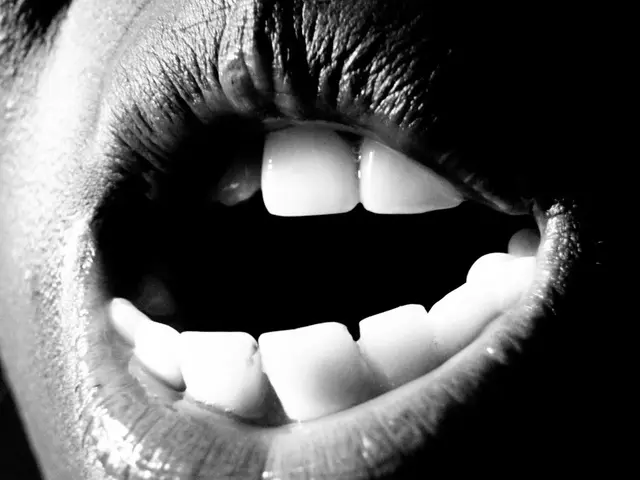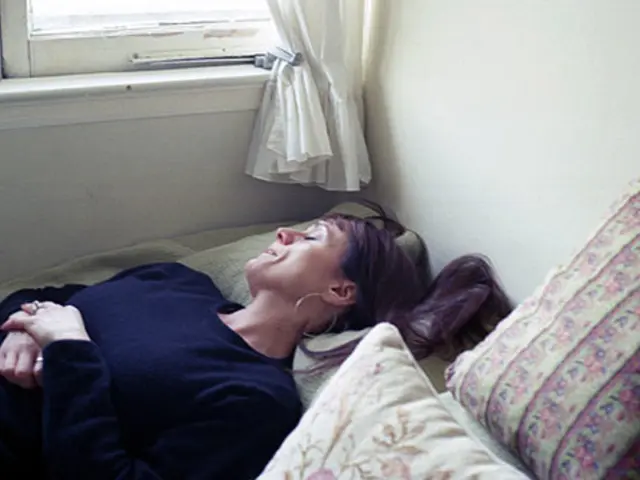The Bed's Thermodynamics Explained: Why Your Toes Chill While Your Back Overheats
Heading under the covers, you might think you're in for a cozy night's sleep. But if your feet are losing the chill battle while your back's drenched in sweat, science has an explanation for that. Researchers from Denmark and Japan took it upon themselves to investigate the science behind our bedding and sleep comfort, and the results are flexing our brains as much as the duvet does under our feet.
You know those fancy thermal manikins you see crash-test dummies? Yeah, they also help simulate human heat loss across a whopping 84 different sleep scenarios. These genius scientists stuck one of those in a climate-controlled chamber, altered sleep postures, outfits, and the types of bedding to see how everything impacts our nighttime warmth.
So, why are you frostbiting in one spot and burning up in another? Those researchers discovered that insulation doesn't spread evenly on the body, even when the bedding technically has the same warmth. Imagine your shoulders shivering while your hips are lounging on a tropical beach, and it's not just a matter of perception. It's a real distribution of heat through your body.
To make things simpler, these scientists also worked with the concept of "equivalent temperature." It's a little like saying "to you, it's 20 degrees, but to your body, it feels like 25 due to some blanket ninja moves." They tested various sleep configurations across different temperatures and found that bedding is not a passive layer. It actively influences how warm or cool your body feels, regardless of the thermostat's setting.
The study implies that tucking your feet in might not be so bad after all. But it's not just that - different body parts respond to insulation differently, and warming one region can sometimes help heat up distant areas. Disregarding even small areas like your shoulders or arms can create annoying cold spots, disrupting your sleeppocalypse.
Surprisingly, the researchers discovered limits to comfort. Too much insulation in a warm room can result in sweating, even if you feel fine when you first hit the sack. Using a thermal simulation model, they figured out the point at which your body might start overheating under different bedding arrangements. For those insistent on a medium-weight duvet, be cautious if the temperature's above 22 degrees: sleeping fully covered with it could push you into sweat city.
So, next time you curse the covers or snuggle into a blanket burrito, remember, you're not just being picky – you're engaging in some serious thermoregulation. Sleep isn't just a matter of counting sheep. It's a mission to control your microclimate, and you're the commander in that comfort crusade. This study shows why your back sweats while your feet freeze, but more importantly, it gives us permission to re-arrange our bedding mid-sleep like experimental physicists of comfort. Sleep, it turns out, is a research project all its own, and you're the lab rat.
The study was published in the journal Building and Environment.
Areas of Further Enrichment:- Blood flow and its effects on skin temperature- Local temperature regulation mechanisms- Circadian influences on skin temperature regulation- Personalized strategies for bed temperature management- Role of bedding arrangement in maintaining thermal comfort.
- The study published in the journal Building and Environment reveals that our body's heat distribution during sleep is not uniform, leading to the discomfort of feeling cold on one part and hot on another.
- Understanding the science behind sleep comfort has been a focus for researchers from Denmark and Japan, who employed thermal manikins to simulate 84 different sleep scenarios and analyze the impact of various factors on our nighttime warmth.
- The researchers found that an uneven distribution of insulation on the body can cause one region to feel cold, while another experiences heat, a phenomenon that can disrupt sleep and lead to a sleeppocalypse.
- To combat this issue, the study emphasizes the importance of recognizing that bedding is not a passive layer but actively influences how warm or cool your body feels, suggesting that pay close attention to insulation and the arrangement of bedding can help maintain thermal comfort during sleep.








